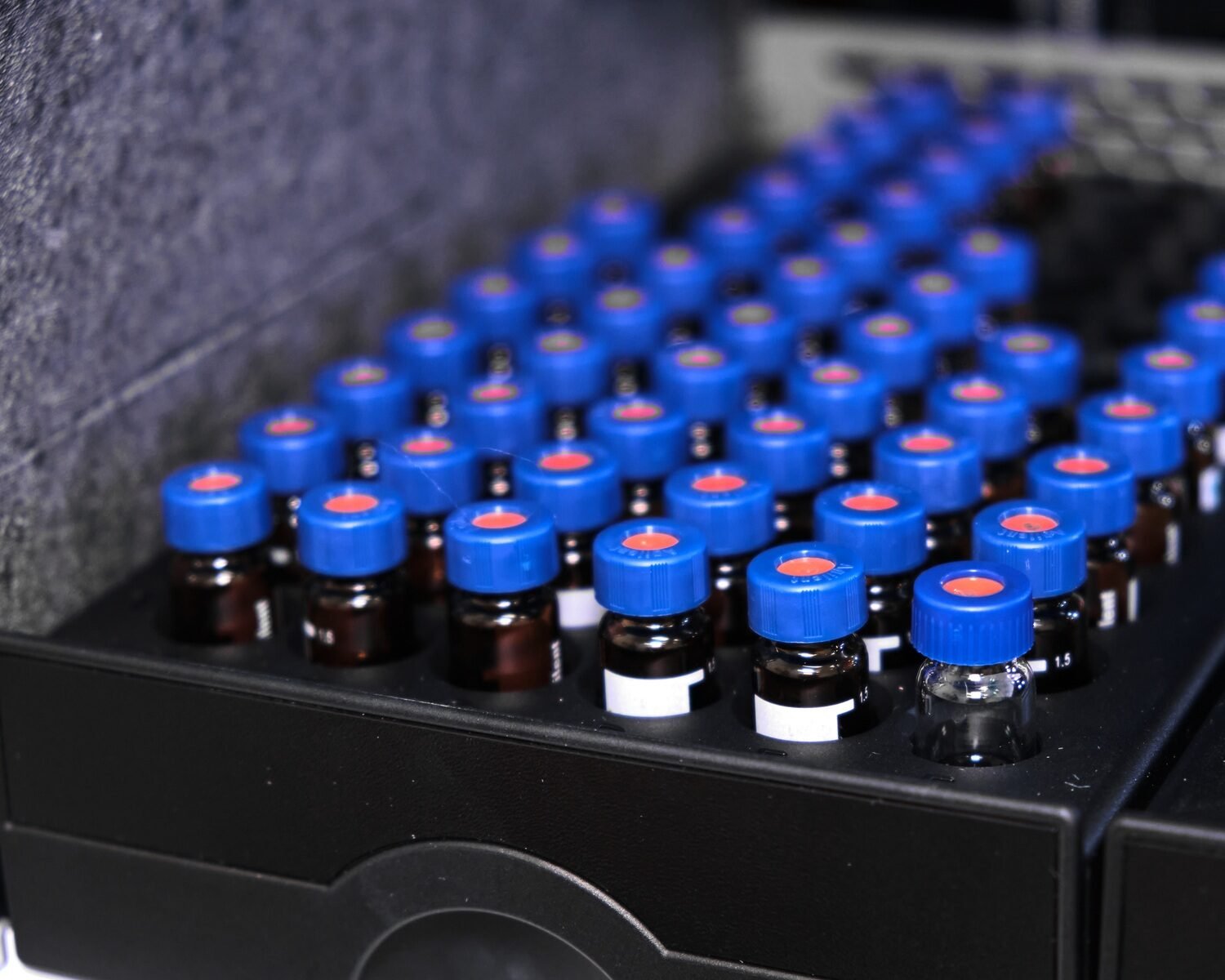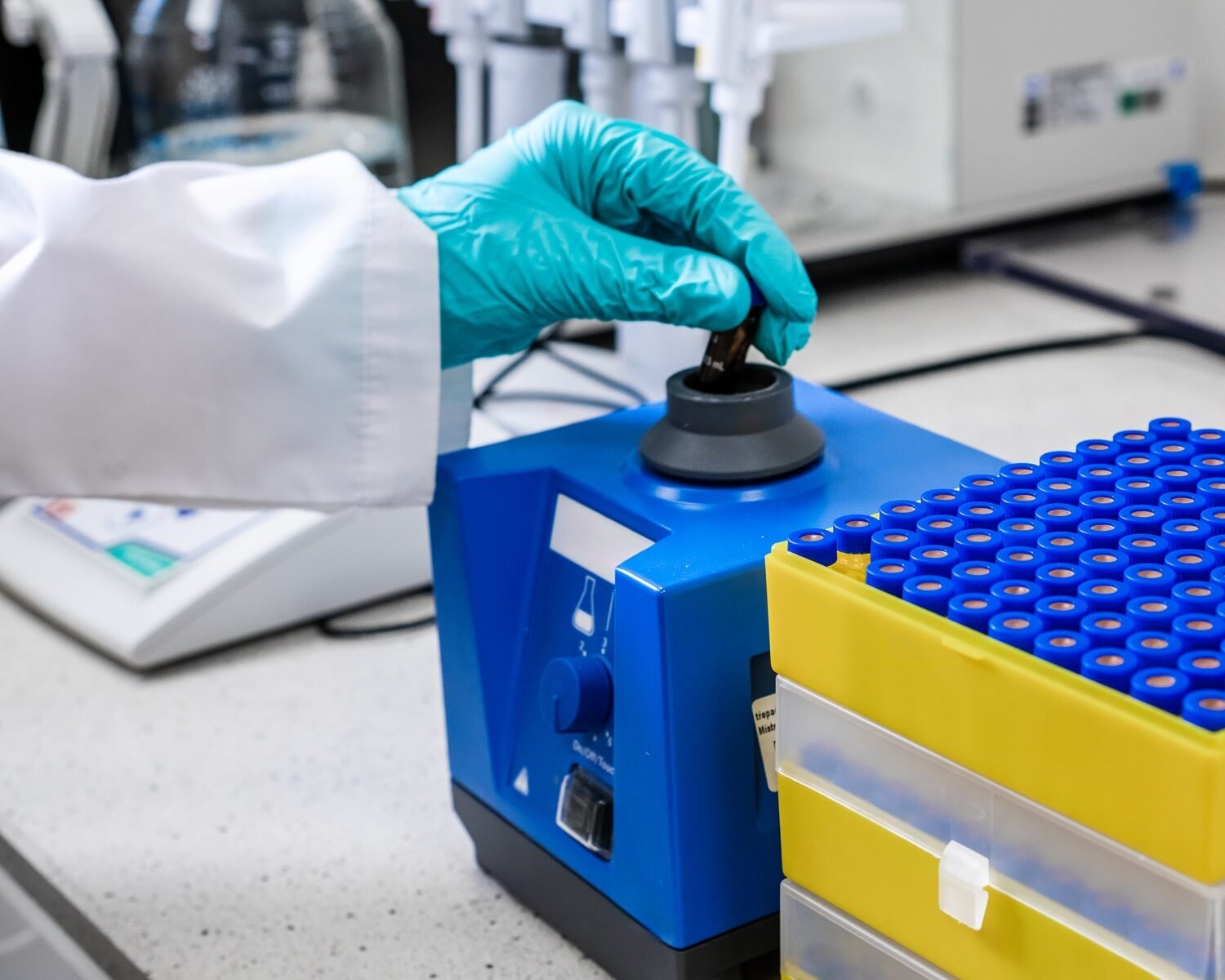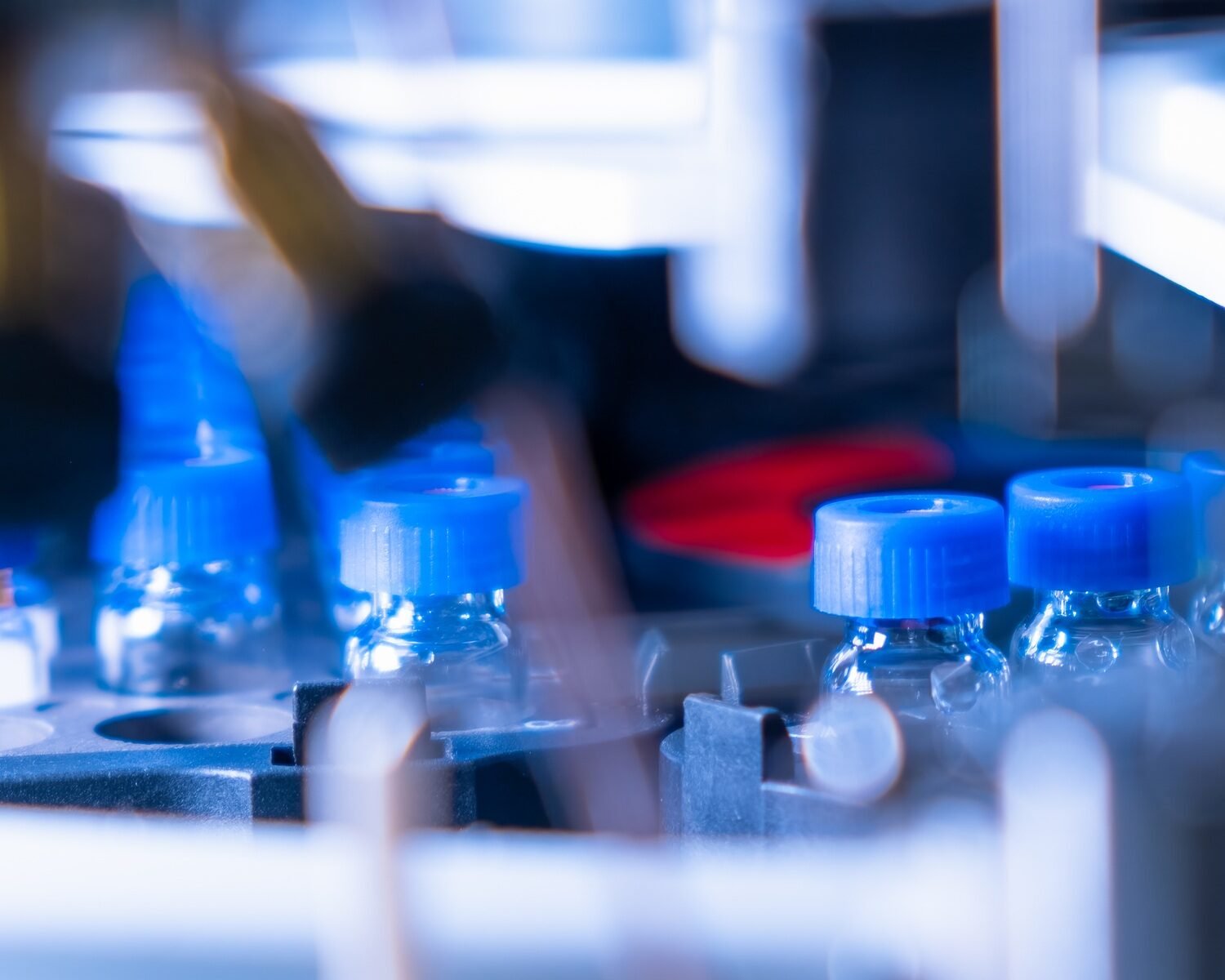Have you ever wondered how scientists separate complex mixtures to identify or purify specific compounds? One of the most powerful techniques in chemistry for achieving this is chromatography. Chromatography is widely used across various industries and plays a critical role in everything from pharmaceutical development to environmental testing. Let’s dive into the world of chromatography and explore how it’s used in chemistry, and why it’s so indispensable.
What Is Chromatography?
At its core, chromatography is a method for separating components in a mixture based on their interaction with a stationary phase (like a solid or liquid) and a mobile phase (usually a liquid or gas). The separation happens because different substances move at different speeds through the stationary phase, allowing scientists to analyze each component individually. Sounds pretty neat, right?
But it’s not just a technique for separating; chromatography is used to identify, purify, and quantify substances. With such broad applications, it’s a go-to tool for chemists and researchers alike. You might be wondering: what kind of problems can chromatography actually solve? Let’s break it down.
1. Pharmaceutical Industry: Drug Testing and Development
Chromatography plays a pivotal role in the pharmaceutical industry, particularly in drug development and quality control. When pharmaceutical companies develop new drugs, they must ensure that each drug is pure and contains the exact concentration of its active ingredients. Chromatography is used to analyze compounds, check their purity, and confirm their concentration.
Ever wonder how drug companies ensure the safety of your medication? Chromatography allows them to separate active ingredients from impurities and degradation products, providing an effective way to check the consistency and safety of pharmaceutical products.
For example, High-Performance Liquid Chromatography (HPLC) is a common technique used to test the composition of drugs. HPLC is vital for detecting any possible contaminants that could be harmful to patients (source: National Center for Biotechnology Information).
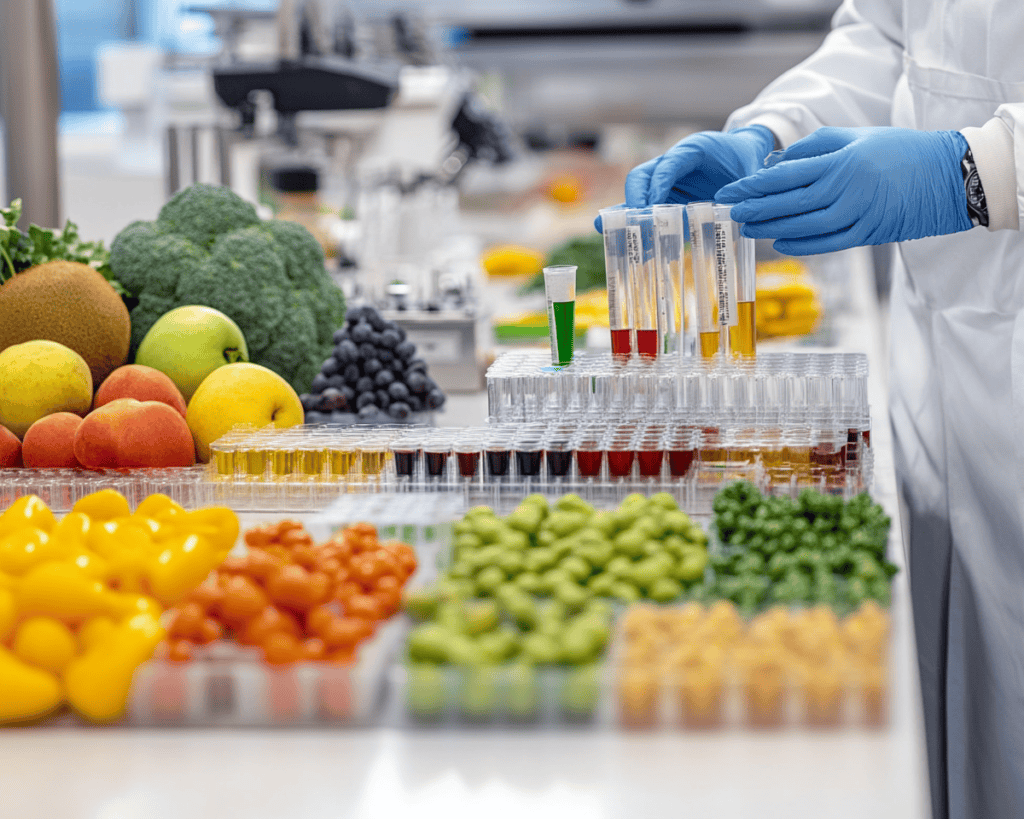
2. Food Safety and Quality Control
Food safety is another area where chromatography shines. This technique helps detect contaminants, additives, and even nutritional content in food products. Do you ever check the labels for pesticide-free products? Chromatography is used to identify pesticide residues in food, ensuring that what you’re eating meets safety standards.
Gas chromatography (GC), in particular, is frequently employed in analyzing food samples for volatile substances such as preservatives or flavoring agents. By separating these substances, GC helps ensure the safety and quality of the food you consume. What would you think if your favorite snack wasn’t checked for contaminants? It’s crucial that manufacturers use chromatography to keep food safe and consistent.
3. Environmental Testing
Environmental scientists use chromatography to test soil, water, and air samples for pollutants. Are you concerned about pollutants in your local environment? Chromatography helps identify hazardous chemicals such as pesticides, heavy metals, and industrial pollutants.
For example, Liquid Chromatography-Mass Spectrometry (LC-MS) is often used in environmental testing to detect trace amounts of pollutants in water supplies (source: Environmental Protection Agency). This information is vital for maintaining public health and ensuring that water is safe to drink. Can you imagine the potential dangers of unchecked pollutants?
4. Forensic Science
In the world of forensic science, chromatography is a detective’s best friend. It’s used to analyze blood samples, drug traces, and other substances found at crime scenes. This technique allows forensic experts to separate chemicals in complex mixtures, helping them to identify unknown substances and solve cases.
Gas chromatography is especially useful for analyzing substances like alcohol or drugs in blood samples, which can be critical evidence in legal cases. So, the next time you watch a crime drama, remember that chromatography is often behind the scenes, helping scientists crack the case!
5. Biotechnology and Protein Purification
Chromatography isn’t just about small molecules. In biotechnology, it’s used to purify large biological molecules, such as proteins and DNA. If you work in biotechnology, you know how essential it is to isolate proteins for therapeutic use or research. Techniques like affinity chromatography allow researchers to isolate specific proteins from complex mixtures based on their interactions with particular ligands.
What do I think of that? Well, I believe that without chromatography, the field of biotechnology would struggle to produce the purified proteins needed for modern medicine, like insulin or vaccines.
6. Petrochemical Industry
Ever wonder how the gasoline you use is refined? Chromatography is used extensively in the petrochemical industry to analyze crude oil and its by-products. This helps refineries determine the quality of fuels, lubricants, and petrochemicals by separating hydrocarbons into their individual components.
Supercritical Fluid Chromatography (SFC) is a technique used in this field to analyze complex mixtures of hydrocarbons and provide insights into the composition and quality of petroleum products (source: ScienceDirect). This is critical for ensuring that the fuels and chemicals we rely on every day meet stringent quality standards.
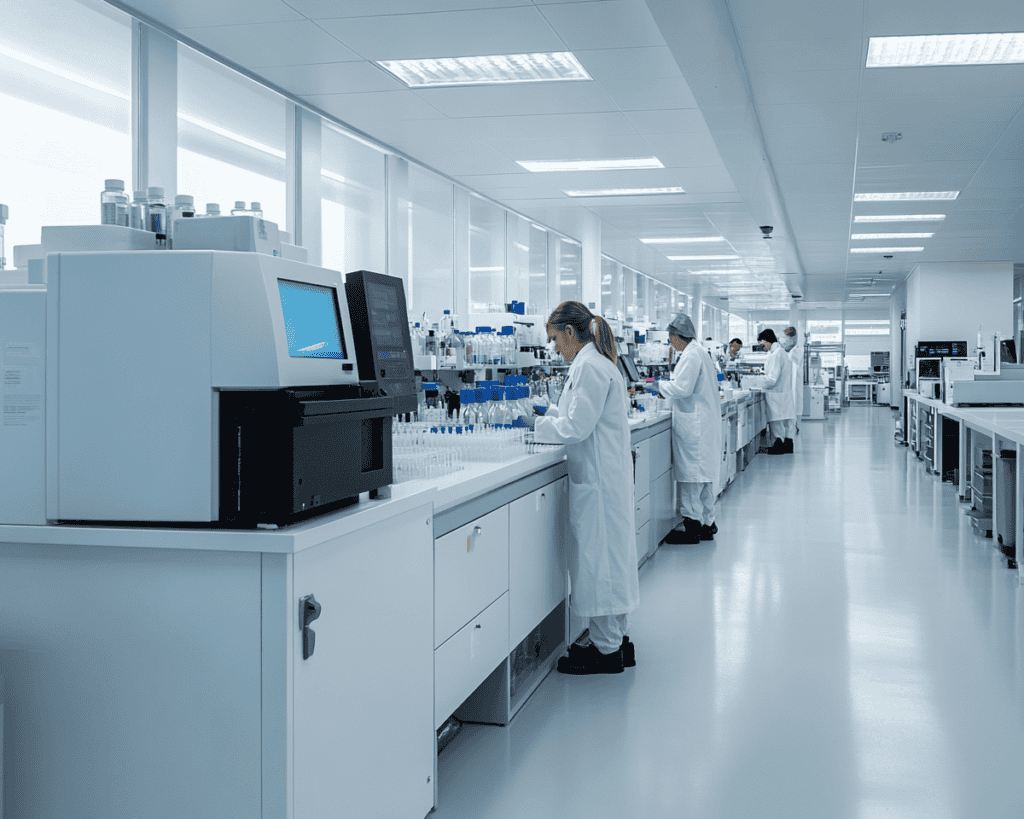
7. Research and Development in Chemical Labs
In academic and research institutions, chromatography is a versatile tool used for a wide range of applications. Whether it’s for developing new materials, studying chemical reactions, or isolating rare compounds, chromatography helps chemists push the boundaries of what’s possible.
In particular, Thin Layer Chromatography (TLC) is widely used in chemical research for quick qualitative analysis. TLC provides a fast way to identify substances in a mixture and is often used as a preliminary step before more detailed analyses like HPLC or GC.
Why Is Chromatography So Important in Chemistry?
You might be wondering, “Why is chromatography so widely used across different fields?” The answer lies in its versatility. Whether you need to separate a mixture, identify its components, or quantify them, chromatography can do it all. Its high precision, ability to work with both small and large molecules, and compatibility with various industries make it an essential tool in modern chemistry.
Conclusion: How Can Chromatography Solve Your Problems?
So, what do you think? Chromatography may sound technical, but it’s truly an everyday hero in science. Whether you’re interested in food safety, environmental protection, or pharmaceutical development, this technique is working behind the scenes to ensure the quality and safety of the products and environments we rely on. Chromatography’s ability to separate, analyze, and purify compounds makes it an indispensable tool across many industries.
Have questions or want to learn more about how chromatography could benefit your field? Drop a comment or reach out—let’s dive deeper into the amazing world of chemistry together!




